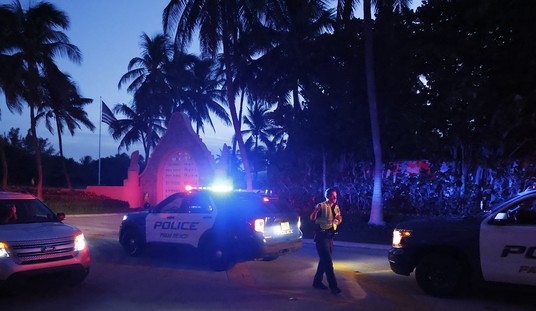Americans are the most generous people on Earth.
After charitable giving dipped during the COVID years — when inflation, lockdowns, and economic strain made it harder for average families to give — American generosity has rebounded.
In 2024, U.S. charitable giving reached $592.5 billion, climbing past pre-pandemic levels even after adjusting for inflation — encouraging news as another holiday season begins.
I first began exploring the myths and truths of American charity nearly 20 years ago after watching John Stossel’s classic 20/20 report, “Are Americans Cheap?”
Stossel showed how deeply generosity is woven into the American character. Even with massive government welfare programs, he reported then, Americans have always stepped up, giving directly to the people who need help the most.
Recommended
We still do.
According to Stossel’s recent column in Reason, Americans continue to support charities that get measurable results, such as Student Sponsor Partners, which provides scholarships to low-income students.
Such groups offer the kind of practical, person-to-person charity Americans have favored for generations.
The pattern of giving has changed since COVID. During the pandemic, charitable participation dropped sharply among middle- and lower-income households.
Whereas 73 percent of Americans earning under $40,000 donated to charity in 2017, that number fell to about 56 percent during the pandemic.
Today, with groceries, rent, insurance, and credit card costs far higher than they were just four years ago, many families simply have less room to give — yet Americans of modest means still give a larger share of their income than anyone else.
At the same time, affluent households are giving more than ever. Americans with a household net worth above $1 million or incomes above $200,000 are donating nearly 20 percent more than before the pandemic. Many are using donor-advised funds or appreciated stock to give strategically, which has helped shore up overall giving totals even as participation rates among average households lag behind.
In 2024, individuals gave about $392.5 billion, corporations added $44.4 billion, and foundations contributed $109.8 billion.
People who attend weekly services are still four times more likely to give than those who do not, though inflation-adjusted religious giving has slipped slightly as fewer people participate in traditional congregations.
Still, no country comes close to American charitable giving. Recent comparisons from the Charities Aid Foundation and Johns Hopkins show the United States giving about $1,700 per person each year — more than three times the rate of other wealthy nations and up to ten times the levels in France, Germany, and Italy.
Why? Because it’s who we are.
Nearly 200 years ago, Alexis de Tocqueville traveled the United States and marveled at how quickly Americans of every station formed voluntary associations — churches, schools, and civic groups — to address needs in their communities.
In “Democracy in America,” he explained that this habit of joining together sprang from what he called “self-interest rightly understood” — the recognition that individuals advance their own well-being by actively helping one another rather than depending on a distant central government.
That remains true today for most Americans.
Even though government spending on social programs exceeds $1 trillion a year, private giving continues to flourish because most Americans still believe local volunteers and private community groups solve problems best.
That’s something to celebrate as we kick off the holiday season.
Find Tom Purcell’s syndicated column, humor books, and funny videos of his dog, Thurber, at TomPurcell.com. Email him at Tom@TomPurcell.com.


